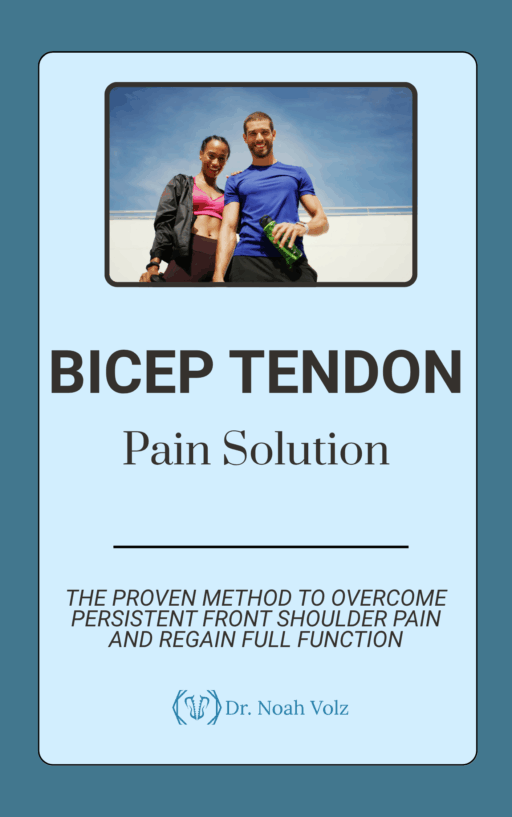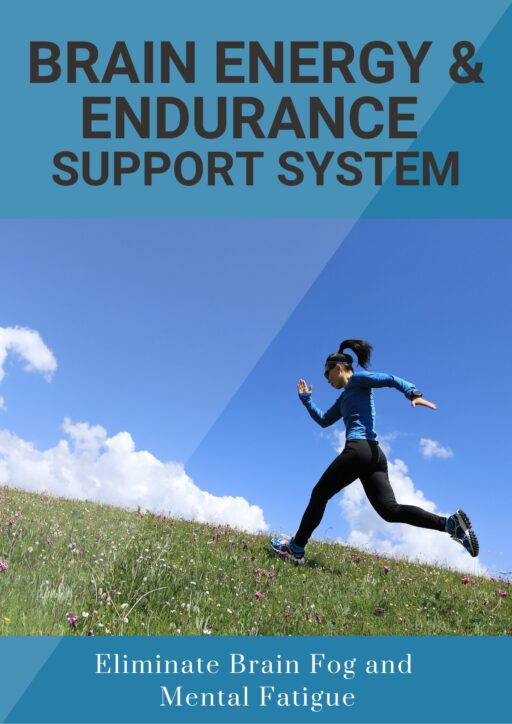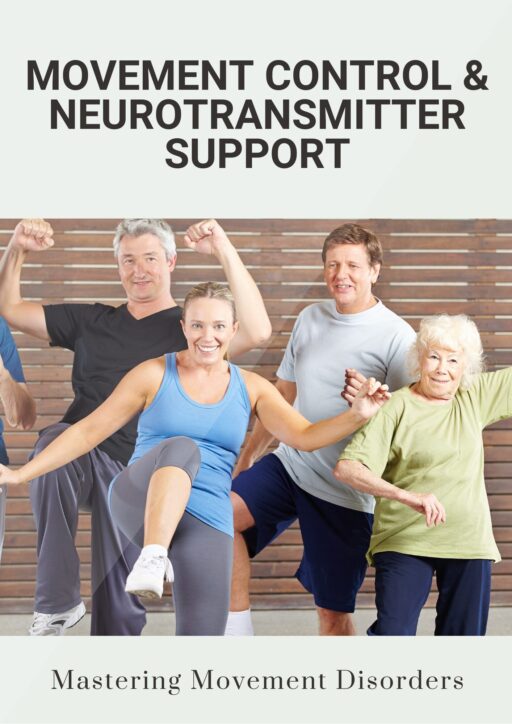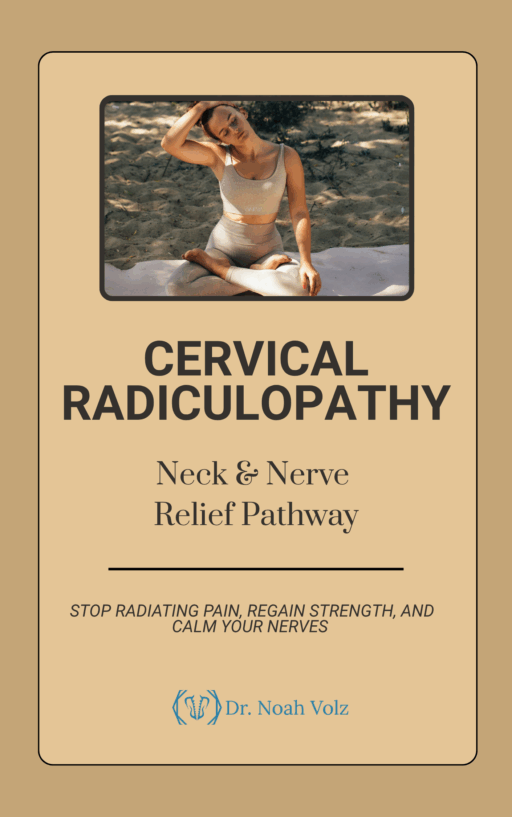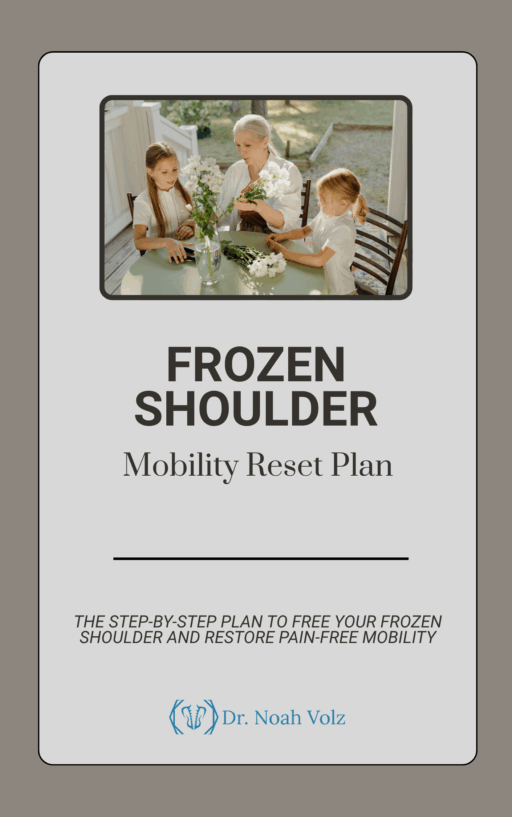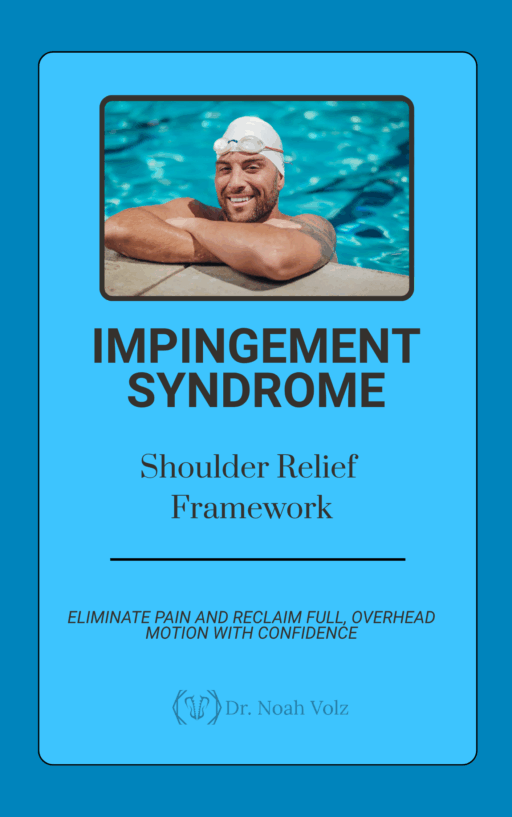Scoliosis is a complex condition characterized by an abnormal lateral curvature of the spine. While the exact cause of scoliosis is still unknown, it is believed to be multifactorial, with a genetic component that tends to run in families. Although scoliosis can develop at any age, it is most commonly seen during times of rapid skeletal growth, such as infancy, early adolescence, and the teenage years.
Understanding Scoliosis: Types and Prevalence
Scoliosis can be classified into different types based on its etiology. These include congenital scoliosis, which is present at birth and often associated with vertebral malformations, secondary scoliosis, which occurs as a result of another underlying disorder, and idiopathic scoliosis, which accounts for approximately 85% of all cases and has no known cause. Idiopathic scoliosis can further be divided into three subtypes based on the age of onset: congenital scoliosis (0-5 years), early-onset scoliosis (6-12 years), and adolescent idiopathic scoliosis (13-18 years).
The prevalence of scoliosis varies depending on the age group studied and the criteria used to define the condition. When using the widely accepted definition of scoliosis as a Cobb angle greater than 10 degrees, the prevalence ranges between 1 and 3%, making it the most common spinal deformity requiring orthopedic management. The prevalence is highest during periods of rapid growth, such as early adolescence.
Risk Factors and Progression of Scoliosis
Certain risk factors have been identified that increase the likelihood of scoliosis progression. These include the magnitude of the curve, skeletal maturity, and the presence of double or multiple curves. Larger curves in immature patients have a higher risk of progression, while smaller curves in skeletally mature patients have a lower risk. Furthermore, patients with multiple curves are more likely to progress compared to those with a single curve. It is important to note that scoliosis progression is more common in females, especially as the magnitude of the curve increases.
Approximately 25% of all adolescent idiopathic scoliosis curves will progress. The chance of progression decreases as skeletal maturity increases. This is defined by factors such as the Risser sign, closure of the tri-radiate cartilage, the onset of menarche, and reaching peak height. It is crucial to monitor scoliosis patients regularly to assess curve progression and determine the appropriate course of treatment.
Diagnosis and Clinical Assessment
The diagnosis of scoliosis is typically made through a physical examination and confirmed with radiographic imaging. During the clinical assessment, observations are made regarding the site and side of curvature, unleveling of shoulders and hips, rib humps, and scapular protrusion. The most common curvature observed is a right thoracic curve, which is often associated with anterior rotation of the right shoulder and scapular winging. Additionally, the presence of a rib hump may be mistaken for hyperkyphosis, but scoliosis is typically associated with a loss of the normal thoracic kyphosis.
To differentiate between structural and functional scoliosis, the Adam’s forward bending test is commonly used. Structural scoliosis persists in forward flexion, while functional curves tend to disappear. Neurologic assessment should also be performed on the upper and lower extremities to rule out any associated neural axis abnormalities.
Treatment Options for Scoliosis
The primary treatment goal for scoliosis is to prevent curve progression. Conservative management options include bracing, manipulation, and exercise. The use of spinal manipulation, a key component of chiropractic care, has been shown to lead to a reduction in Cobb angles in scoliosis patients. While benign post-manipulation soreness may occur, serious adverse reactions are extremely rare.
Exercise has also been proven to be an effective treatment for scoliosis. Autocorrection exercises that promote active and autonomous postural realignment in three dimensions have demonstrated positive outcomes. The Scientific Exercises Approach to Scoliosis (SEAS.06) is a well-established exercise protocol for the treatment of scoliosis. The SEAS.06 exercises focus on improving postural aesthetics and preventing curve progression, making them an essential component of a comprehensive scoliosis treatment plan.
Bracing is typically reserved for patients with curves between 30 and 40 degrees who are still growing and at risk for progression. Braces have been shown to slow curve progression and decrease the need for surgery. However, compliance with brace treatment is crucial for optimal results. Wearing the brace for longer periods of time has been associated with improved outcomes.
Surgical intervention is considered when the curvature exceeds 40 degrees and conservative treatments have failed to prevent progression. Less than 0.3% of all scoliosis cases require surgical correction. The current standard method involves 3-column fixation with pedicle screws.
Chiropractic Care for Scoliosis: A Holistic Approach
Chiropractors offer a holistic approach to scoliosis treatment, focusing on the underlying biomechanical dysfunctions that contribute to the development and progression of the condition. Dr. Volz, a chiropractor based in Ashland, OR, specializes in the treatment of scoliosis using a combination of spinal manipulation, exercise therapy, and other evidence-based modalities.
Dr. Volz’s comprehensive treatment approach begins with a thorough assessment of the patient’s spinal alignment and movement patterns. This assessment helps identify the specific areas of dysfunction that contribute to the development of scoliosis. Using gentle spinal manipulation techniques, Dr. Volz aims to restore proper alignment and mobility to the spine, reducing the curvature and alleviating associated symptoms.
In addition to spinal manipulation, exercise therapy plays a crucial role in Dr. Volz’s treatment approach. He incorporates the SEAS.06 exercise protocol, which focuses on postural realignment and strengthening of the muscles surrounding the spine. These exercises are tailored to the individual’s specific curvature and help improve postural aesthetics while preventing curve progression.
Dr. Volz also emphasizes patient education and empowerment throughout the treatment process. He educates patients about their condition, teaching them self-care techniques and exercises they can perform at home to complement their in-office treatments. This proactive approach empowers patients to take an active role in managing their scoliosis and promotes long-term success.
Conclusion
Scoliosis is a complex condition that requires a comprehensive approach to treatment. Chiropractic care, specifically the combination of spinal manipulation and exercise therapy, offers a holistic and evidence-based approach to managing scoliosis. By addressing the underlying biomechanical dysfunctions that contribute to the development and progression of scoliosis, chiropractors like Dr. Volz play a crucial role in helping patients achieve optimal outcomes. Through regular chiropractic care, patients can experience a reduction in curvature, improved postural aesthetics, and relief from associated symptoms, ultimately enhancing their overall quality of life.
-

Bicep Tendon Pain Solution
$50.00 -

Brain Detoxification & Recovery System
$50.00 -

Brain Energy and Endurance Support System
$50.00 -

Brain-Based Movement and Motor Control Training
$50.00 -

Centralized Low Back Pain
$50.00 -

Cervical Radiculopathy: Neck and Nerve Relief Pathway
$50.00 -

Complex Low Back Pain
$50.00 -

Complex Radiating Low Back Pain
$50.00 -

Cross-Pattern Low Back Pain
$50.00 -

Frozen Shoulder Mobility Reset Plan
$50.00 -

Impingement Syndrome: Shoulder Relief Framework
$50.00 -

Mastering Brain Senses: Rebuild Your Hearing, Vision, and Body Awareness
$50.00


